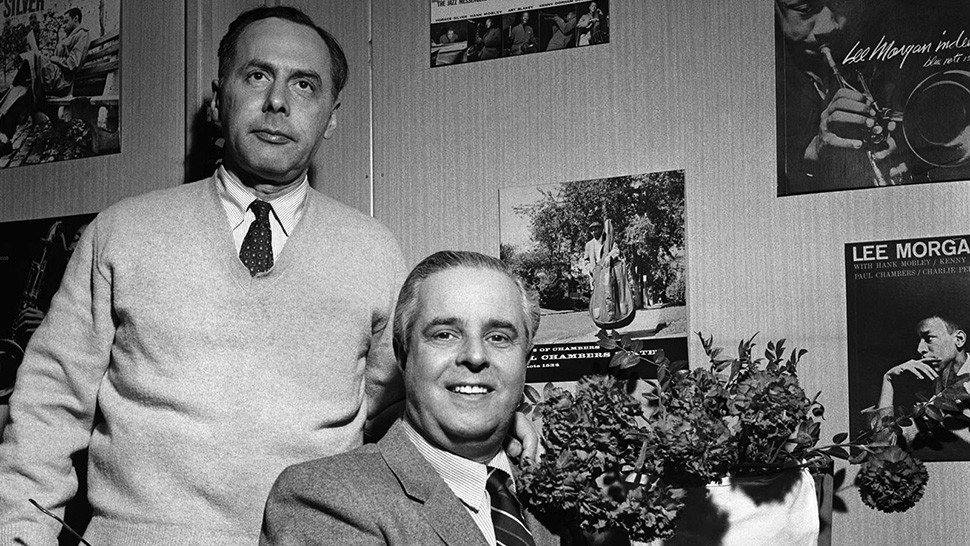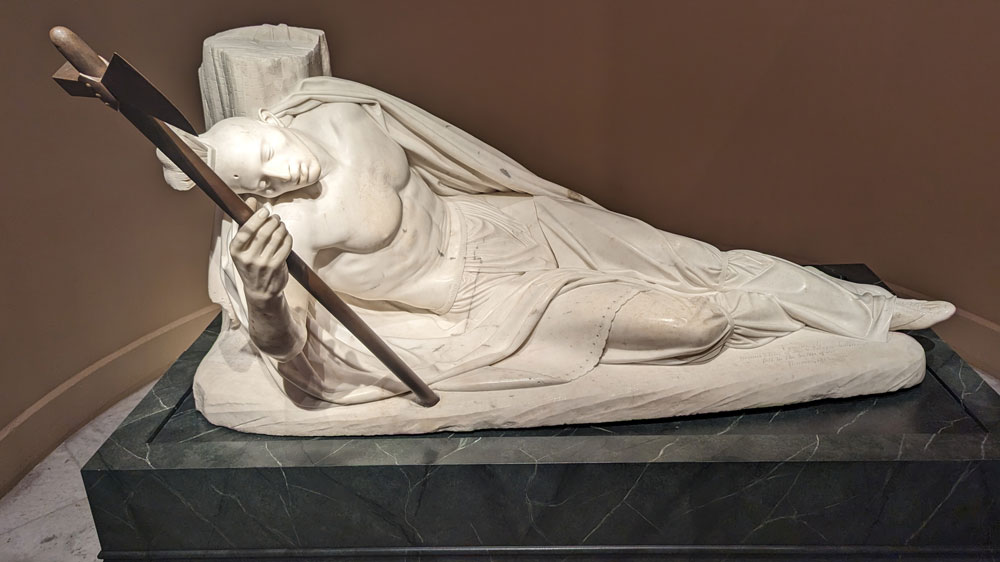
It’s hard to say whether the story of Blue Note Records is the most implausible of love stories or an incredible and fascinating odyssey. The brainchild of a young refugee who discovered and fell intractably in love with an American music form while a teenager in Germany, the Blue Note label has come to represent a very particular level of recording excellence. In It Must Schwing!, Director Eric Friedler has created a beguiling tribute not only to the resounding success of Alfred Lion’s vision, but to grit and passion that brought it about. Lion’s infatuation with jazz would ultimately lead him to devote his life to it and the musicians who performed it. Francis Wolff, his best friend since the age of 14, shared that devotion and became his right-hand man and Blue Note’s famously introverted co-founder.
Playing one night only at the Gene Siskel Film Center as part of the Black Harvest Music Festival, It Must Schwing! beautifully chronicled how two self-imposed exiles created a revered music powerhouse from nothing but an incessant craving.
Weaving dramatic re-creation with first person interviews, It Must Schwing! lets you see and understand the scale of Alfred Lion’s and Francis Wolff’s achievement. Both fled Nazi Germany to escape the hardship, oppression and slaughter of Jews in Hitler’s Germany. The America they found surprised them. And no doubt it disappointed them. Here they saw the same discrimination and imposed otherness they fled in Europe being visited on Black Americans in the United States. That shared first-hand familiarity with bigotry endowed them with an empathy that would prove a critical component in defining the character of Blue Note.

The film enlists an astonishing cavalcade of Blue Note alumni to help tell the story about “the lion and the wolf”. Their memories and accounts offer priceless insight into how the label grew from obscurity to worldwide prestige. Uniform in their praise for the labels founders, the words of these musical and journalistic luminaries reflected something else that eclipsed mere admiration. Again and again, respect surfaced as the overriding sentiment that colored their thoughts and words.
Lou Donaldson and Sonny Rollins are in their 90’s now as is the irrepressibly scrappy Sheila Jordan. All have enjoyed luminous careers in the world of jazz and all have been proud members of the Blue Note family. That each of them and more would prove themselves to be such adroit and captivating storytellers should not have come as a surprise. Supremely creative and gifted people are often accomplished on many levels. Some, like Donaldson and Benny Golson, are wonderfully amusing and devastatingly insightful. Others reflected the pure intellectualism of an ascetic as they discussed the impact of the Blue Note founders on the culture, jazz and its artists.

Technology was recruited to take you back 80 years when Lion decided to create his own record company because he couldn’t find the music he was looking for in the mass market, Rainer Ludwig’s Image Building animations were masterfully inserted into the film’s sequences to give the film drama, action and life. Making every effort to insure the animated characters look like the people they were representing added incredible realism to the choice of incorporating illustrations. The rendering of Billie Holiday singing her classic and searing Strange Fruit in this wonderfully stylized animated format proved heartbreakingly poignant, powerful and beautiful.
Defying convention from the moment Blue Note came into being, Alfred Lion and Francis Wolff not only celebrated the music they loved, they exalted the people making it. Because they only recorded artists and music Lions himself liked, the music became a reflection of his highly subjective and impeccable taste. The names tell it all. Quincy Jones, Wayne Shorter, Lee Morgan, Art Blakely, John Coltrane, Herbie Hancock and Thelonius (Bubba) Monk were all a part of the Blue Note constellation. Today each of them could be considered royalty; if not deity, in the universe of jazz.

Blue Note was the first label to put the faces of black performers on the cover of albums and the first to pay musicians for rehearsals. It wasn’t unusual for some jazz musicians to be plagued with the type of demons that made them succumb to the pathos addiction. Blue Note would inevitably take on the mantle of the Good Samaritan and help rather than judge with the hope that exceptional music would be the final result.

Lions seemed to have an innate sense of the way jazz should feel as well as sound and would often declare “It must schwing!” when encouraging musicians during rehearsals. They knew when they were getting it right if they glanced up and saw Lion or Wolff gleefully bouncing, usually off beat, to the music. Then they knew they were schwinging!
It Must Schwing!
August 7th, 2019
8:00 pm
Black Harvest Film Festival
Gene Siskel Film Center
164 N. State St.
Chicago, Illinois 60601
www.siskelfilmcenter.org/blackharvest


